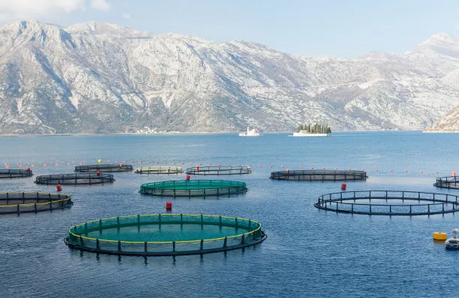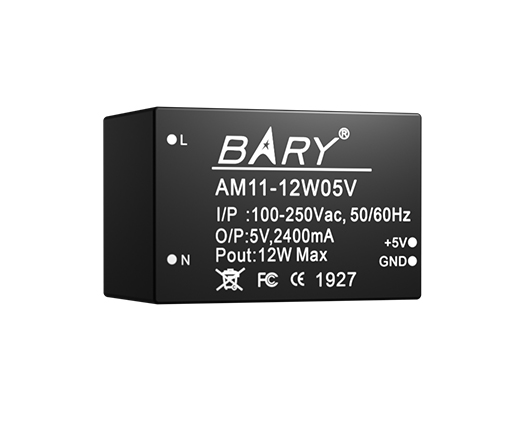

Globally, wild fishing, marine and terrestrial fish farms are benefiting from IoT technology and artificial intelligence. These technologies help ensure global food security and ensure economical and sustainable practices. Here are five ways IoT is changing aquaculture.
Internet of Things
overfishing
Ensuring the sustainability of our wild fish and seafood supply is critical, and regulators now have data from satellite imagery as well as drones, airborne or underwater IoT devices. This data can be collected and used to monitor catches, vessel locations and implement sustainable fishing practices. Large fishing companies can use the same data to improve traceability and supply chain transparency. Ultimately helping end consumers to be more conscious when making purchasing decisions.

precision fishing
IoT devices and artificial intelligence are helping to provide fisheries with insights to optimize where and when they fish, as well as sensors that detect fish and catches and airborne cameras that assist in classifying the catch. The data can also help wild fisheries reduce operating costs, reduce fuel consumption and optimize fleet maintenance through AI-based predictive maintenance. McKinsey reports that if the world's largest fishing companies switched to this model, they could save about $11 billion in annual operating costs.
Health and Wellbeing
Ensuring the health and welfare of fish farms is critical, as a drop in water quality or an outbreak of disease, such as fish lice, can be catastrophic. Early detection can help farmers intervene before outbreaks and improve fish welfare. IoT sensors can provide smart fish farms with data on fish behavior, water conditions and physiology, which can generate artificial intelligence models for early detection of deficiencies.
Feed optimization
Since feed accounts for a significant portion of operating costs, and underfeeding and overfeeding negatively impact fish health and size, as well as water quality, optimizing feeding can lead to significant savings and advantages. Many smart fish farms use feeders that rely on vibration and sound signals, such as electronic fisheries, which help feed more accurately. The use of technology in aquaculture management also increases efficiency and reduces the need for manpower, a high cost and safety benefit for remote marine farms.
Using data to model the reproduction, growth and maturation of species, combined with real-time data, can help optimize feeding and help farmers plan optimal harvest times. Sophisticated models can be created to plan catches based on fish size, predicted mortality and current market prices to help earn premium returns.
The convergence of IoT technology and artificial intelligence is helping fisheries and aquaculture become more sustainable and efficient at an operational level. As more companies adopt technology and expand advanced analytics and artificial intelligence internally, we will see a smarter, more resilient industry emerge that helps bring stability to the world's food supply.
We're more than just an IoT solutions provider—EBYTE is your partner in making sustainable and efficient technology towards a more connected future. It's IoT make everyting easy.







